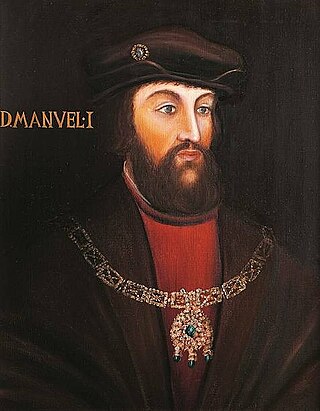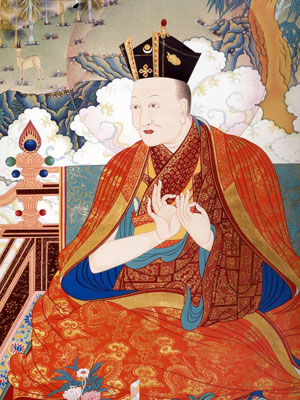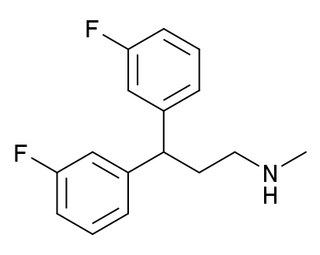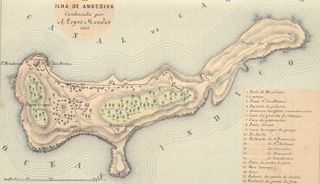This article needs additional citations for verification .(August 2021) |
Events from the year 1506 in India.
| |||||
| Centuries: | |||||
|---|---|---|---|---|---|
| Decades: | |||||
| See also: | List of years in India Timeline of Indian history | ||||
This article needs additional citations for verification .(August 2021) |
Events from the year 1506 in India.
| |||||
| Centuries: | |||||
|---|---|---|---|---|---|
| Decades: | |||||
| See also: | List of years in India Timeline of Indian history | ||||
| | This section is empty. You can help by adding to it. (October 2012) |

Babur, born Zahīr ud-Dīn Muhammad, was the founder of the Mughal Empire in the Indian subcontinent. He was a descendant of Timur and Genghis Khan through his father and mother respectively. He was also given the posthumous name of Firdaws Makani.

Manuel I, known as the Fortunate, was King of Portugal from 1495 to 1521. A member of the House of Aviz, Manuel was Duke of Beja and Viseu prior to succeeding his cousin, John II of Portugal, as monarch. Manuel ruled over a period of intensive expansion of the Portuguese Empire owing to the numerous Portuguese discoveries made during his reign. His sponsorship of Vasco da Gama led to the Portuguese discovery of the sea route to India in 1498, resulting in the creation of the Portuguese India Armadas, which guaranteed Portugal's monopoly on the spice trade. Manuel began the Portuguese colonization of the Americas and Portuguese India, and oversaw the establishment of a vast trade empire across Africa and Asia.

Events from the 15th century in Canada.
Juan Díaz de Solís was a 16th-century navigator and explorer. He is also said to be the first European to land on what is now modern day Uruguay.
Lourenço de Almeida was a Portuguese explorer and military commander.

Saint Francis Church, in Fort Kochi, Kochi, originally built in 1503, is one of the oldest European churches in India and has great historical significance as a witness to the European colonial ambitions in the subcontinent. The Portuguese explorer Vasco da Gama died in Kochi in 1524 when he was on his third visit to India. His body was originally buried in this church, but after fourteen years his remains were moved to Lisbon and now located at Jerónimos Monastery.
Fernão de Loronha, whose name is often corrupted to Fernando de Noronha or Fernando della Rogna, was a prominent 16th-century Portuguese merchant of Lisbon, of Jewish descent. He was the first charter-holder (1502–1512), the first donatary captain in Brazil and sponsor of numerous early Portuguese overseas expeditions. The islands of Fernando de Noronha off the coast of Brazil, discovered by one of his expeditions and granted to Loronha and his heirs as a fief in 1504, are named after him.
St. Xavier or St. Xavier's may refer to:
Yeonsangun of Joseon or Prince Yeonsan of Joseon, personal name Yi Yung, was the tenth ruler of the Joseon dynasty of Korea. Often considered the worst tyrant in Joseon's history and perhaps all Korean history, he is notorious for launching two bloody purges, seizing hundreds of women from all over the peninsula to serve as palace entertainers, and appropriating Sungkyunkwan as a personal pleasure ground. Yeonsangun's despotic rule provided a stark contrast to the liberal era of his father, and as a much-despised overthrown monarch, he did not receive a temple name.

The Collège Sainte-Barbe is a former college in the 5th arrondissement of Paris, France.

Chödrak Gyatso (1454–1506), also Chödrag Gyamtso, was the seventh Karmapa, head of the Kagyu School of Tibetan Buddhism.

The Casa da Índia was a Portuguese state-run commercial organization during the Age of Discovery. It regulated international trade and the Portuguese Empire's territories, colonies, and factories across Asia and Africa. Central to the Casa da Índia's objectives was the establishment and protection of a Portuguese mare clausum in the Atlantic Ocean, Indian Ocean, Arabian sea, and the Indies.

This article is a comprehensive list of all the actual possessions of the Portuguese Empire.

Delucemine (NPS-1506) is a drug which acts as an NMDA antagonist and a serotonin reuptake inhibitor, and has neuroprotective effects. It was originally investigated for the treatment of stroke and in 2004 was studied as a potential antidepressant.

Fort Anjediva, built on the Anjadip Island, off the coast of the Indian state of Karnataka but under the administrative jurisdiction of the Indian state of Goa, was once under Portuguese rule. The island of Anjadip has an area of 1.5 square kilometres (0.58 sq mi).
The Battle of Cannanore took place in 1506 off the harbour of Cannanore in India, between the Indian fleet of the Zamorin of Calicut and a Portuguese fleet under Lourenço de Almeida, son of the Viceroy Almeida.
Diogo Fernandes Pereira, sometimes called simply Diogo Fernandes, was a Portuguese 16th-century navigator, originally from Setúbal, Portugal. Diogo Fernandes was the first known European captain to visit the island of Socotra in 1503 and the discoverer of the Mascarenes archipelago in 1507. He may also have been the first European to sail east of Madagascar island.
Pero de Anaia or Pedro d'Anaya or Anhaya or da Nhaya or da Naia was a Castilian-Portuguese 16th-century knight, who established and became the first captain-major of the Portuguese Fort São Caetano in Sofala, and thus the first colonial governor of Portuguese East Africa (Mozambique).
Dugi Del is a village in the municipality of Surdulica, Serbia. According to the 2002 census, the village has a population of 42 people.
Events from the year 1582 in the Kingdom of Scotland.